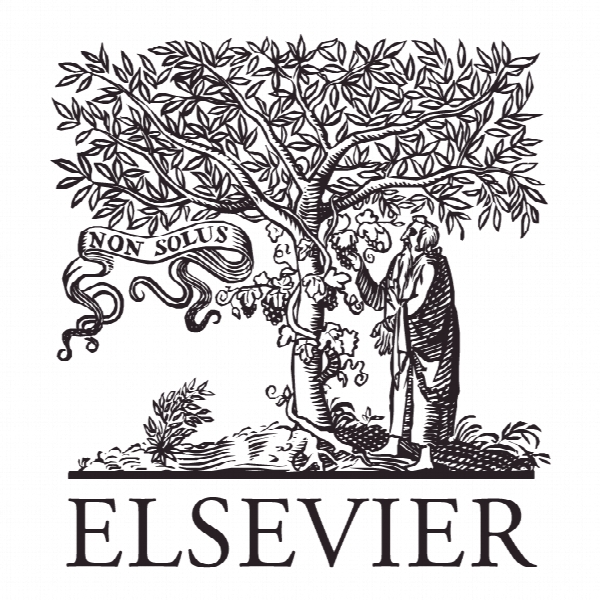پلیمر تقویت شده فیبر به عنوان تقویت خارجی برای لنگر درجا سیگنال در لولای پلاستیکی Fiber Reinforced Polymer as External Reinforcement for Single Cast-in Anchors in Plastic Hinge Zones
- نوع فایل : کتاب
- زبان : انگلیسی
- ناشر : Elsevier
- چاپ و سال / کشور: 2018
توضیحات
رشته های مرتبط مهندسی عمران
گرایش های مرتبط سازه
مجله سازه ها – Structures
دانشگاه Dept. of Civil and Environmental Engineering – Univ. of Wisconsin – WI
منتشر شده در نشریه الزویر
کلمات کلیدی انگلیسی cast-in anchors; carbon fiber; fiber reinforced polymer (FRP); plastic hinge zone; reinforced concrete; and seismic design
گرایش های مرتبط سازه
مجله سازه ها – Structures
دانشگاه Dept. of Civil and Environmental Engineering – Univ. of Wisconsin – WI
منتشر شده در نشریه الزویر
کلمات کلیدی انگلیسی cast-in anchors; carbon fiber; fiber reinforced polymer (FRP); plastic hinge zone; reinforced concrete; and seismic design
Description
1. Introduction Concrete anchors are needed to connect structural steel members to concrete. For example, reinforce concrete frames have been strengthened using steel braces (Badoux and Jirsa 1990), which are fixed to concrete beam/column ends using concrete anchors, as illustrated in Figure 1. The anchor bolts in such connections on the side faces of a concrete frame are subjected to cyclic shear during an earthquake. The behavior of concrete anchors as a connection between steel members and concrete has been extensively studied, as summarized by Cook and Klingner (1992) and Pallarés and Hajjar (2010). Typical failure modes for such anchors in shear are anchor steel fracture and concrete breakout failure (ACI 318 2011). Anchor steel failure is caused by fracture of the anchor shaft in shear while concrete breakout failure is marked by a concrete cone broken away from the base concrete, in which the connection is located. Anchors with a small edge distance in the shear direction, such as those in the connections in Figure 1, may be controlled by concrete breakout. Concrete breakout is a brittle failure mode and thus not preferred for connections in seismic zones (Petersen et al. 2013a). Anchor reinforcement, such as V-shaped hairpins encasing the anchor shaft or surface reinforcement, are recommended in ACI 318-11 to transfer shear on an anchor to the bars. Petersen and Zhao (2013) have proposed an alternative design method for anchor shear reinforcement, consisting of closely spaced stirrups, corner bars, and crackcontrolling bars. Their tests show that the anchors with the anchor shear reinforcement achieved greater capacities compared with those without reinforcement. Concrete breakout was prevented and anchor shaft fracture was observed in all the tests. However, cover concrete in front of the anchor bolts spalled, as shown in Figure 2. Consequently, the top portion of the anchor shaft under shear loading lost the lateral support from the concrete, causing a combination of shear, bending, and tension in the shaft. An analysis by Lin et al. (2011) indicated that the shear capacity and stiffness of such exposed anchors can be greatly reduced. Beam/column ends, where anchor connections in Figure 1 are placed, are likely to develop damages during an earthquake (Ibarra and Krawinkler, 2005). It is envisioned that the damage to the concrete cover in plastic hinge zones may adversely impact the cover spalling observed in undamaged/unstressed concrete (Figure 2). One way to protect cover concrete around an anchor in shear is to provide external reinforcement using bonded fiber reinforced polymer (FRP) fabrics.


